Plant diversity and evolution
The DEP team conducts fundamental research in the field of plant evolution at different taxonomic levels.
These questions are organized into three axes: (1) Evolutionary drivers of plant adaptation and species diversification; (2) evolution of angiosperm pollen and flowers; (3) description of flowering plant diversity to improve our knowledge in relation to the taxonomy and systematics of these organisms.
The research conducted by the DEP team involves a wide array of approaches including population genetics, molecular evolution, phylogenetic reconstruction, ancestral state reconstruction, molecular dating, cytogenetics, and floral development.
![]() TEAM LEADER: Olivier Chauveau
TEAM LEADER: Olivier Chauveau
PERMANENT STAFF
Béatrice Albert, Xavier Aubriot, Olivier Chauveau, Françoise Lamy, Stéphanie Le Prieur, Sophie Nadot, Thierry Robert, Sonja Siljak-Yakovlev, Najat Takvorian
DOCTORAL RESEARCHERS
TEMPORARY MEMBERS (POST-DOCS OR CDDS)
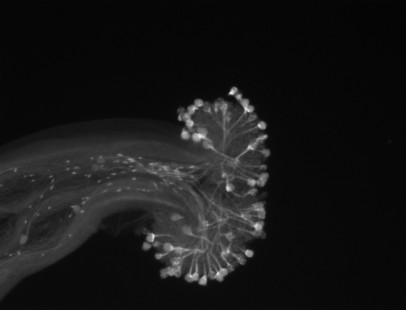
Research areas:
Evolutionary drivers of plant adaptation and species diversification
Evolution of pollen and flowers
Taxonomy and plant systematics

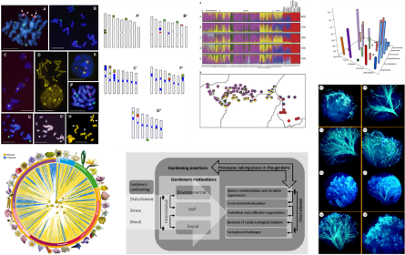
 The Breath of Pollen
The Breath of Pollen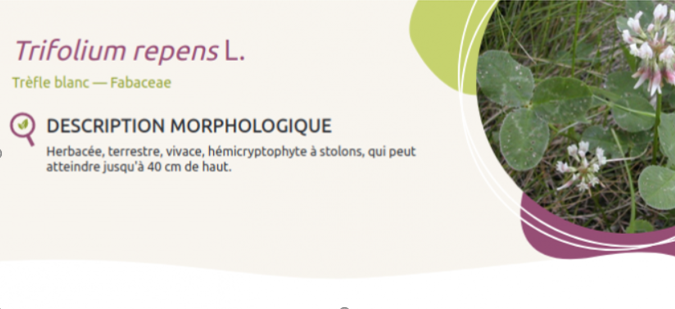 Development of a participatory botanical knowledge base to generate freely accessible descriptive sheets of flowering plant species.
Development of a participatory botanical knowledge base to generate freely accessible descriptive sheets of flowering plant species. 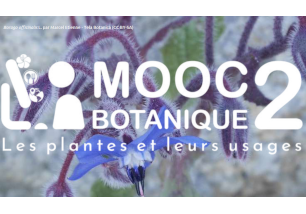 Participants progress in the knowledge of plants, through the discovery of major botanical families and their numerous uses: feeding, healing, clothing, housing and tooling, or creating social connections.
Participants progress in the knowledge of plants, through the discovery of major botanical families and their numerous uses: feeding, healing, clothing, housing and tooling, or creating social connections. 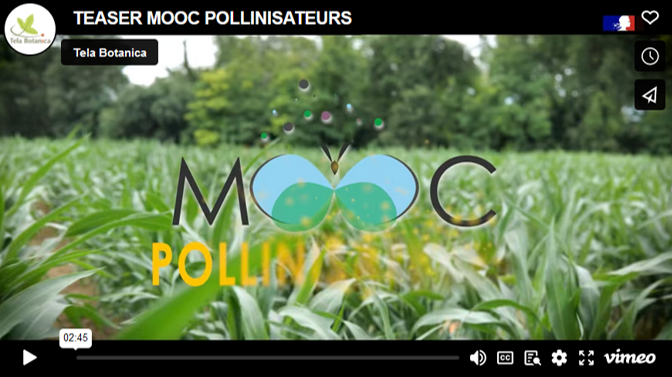 Participants learn to recognize the main pollinators, how they interact with plants, the pressures exerted on them, and how to welcome and preserve them. https://mooc.tela-botanica.org/course/view.php?id=637 – Sophie Nadot (botanist expert); in partnership with the association Tela Botanica
Participants learn to recognize the main pollinators, how they interact with plants, the pressures exerted on them, and how to welcome and preserve them. https://mooc.tela-botanica.org/course/view.php?id=637 – Sophie Nadot (botanist expert); in partnership with the association Tela Botanica University Paris-Saclay, Tela Botanica, and AgroParisTech deliver a course on wild herbs.
University Paris-Saclay, Tela Botanica, and AgroParisTech deliver a course on wild herbs.  First French-speaking MOOC to provide bases in botany. Free, open to all, and produced by Tela Botanica.
First French-speaking MOOC to provide bases in botany. Free, open to all, and produced by Tela Botanica.